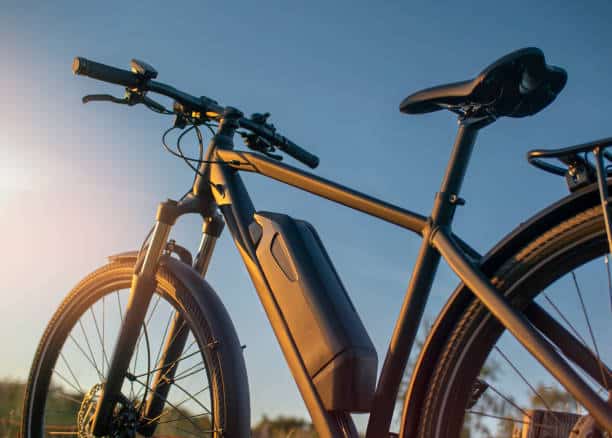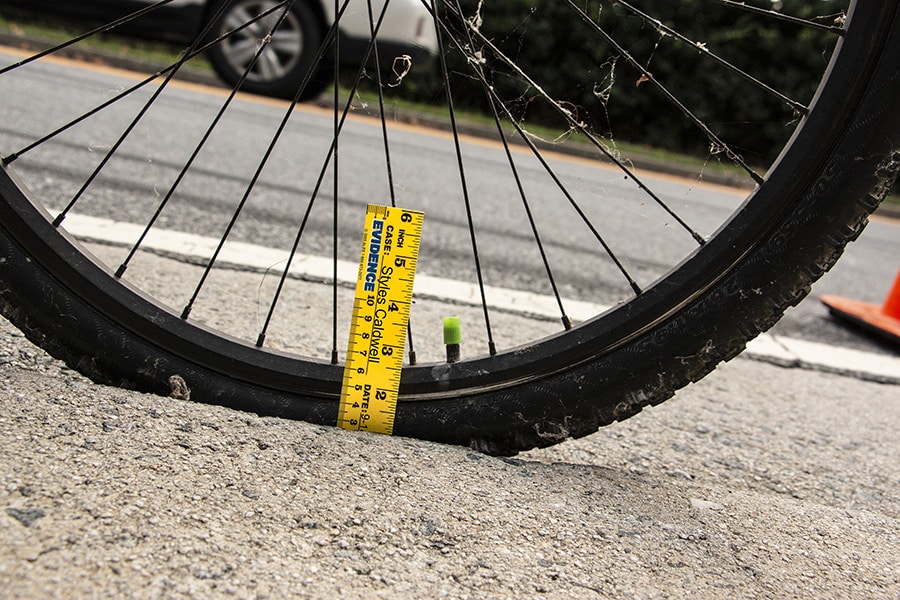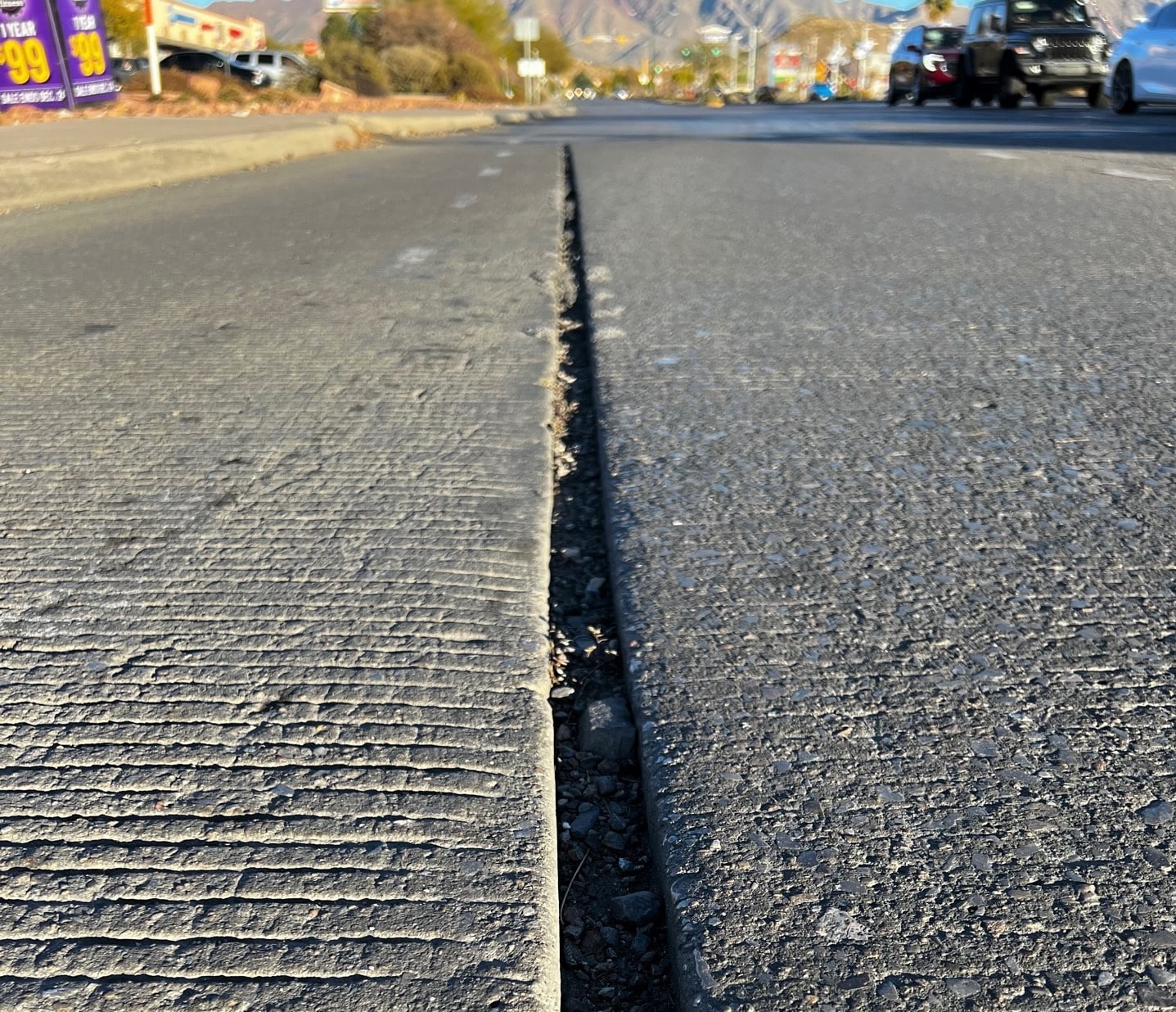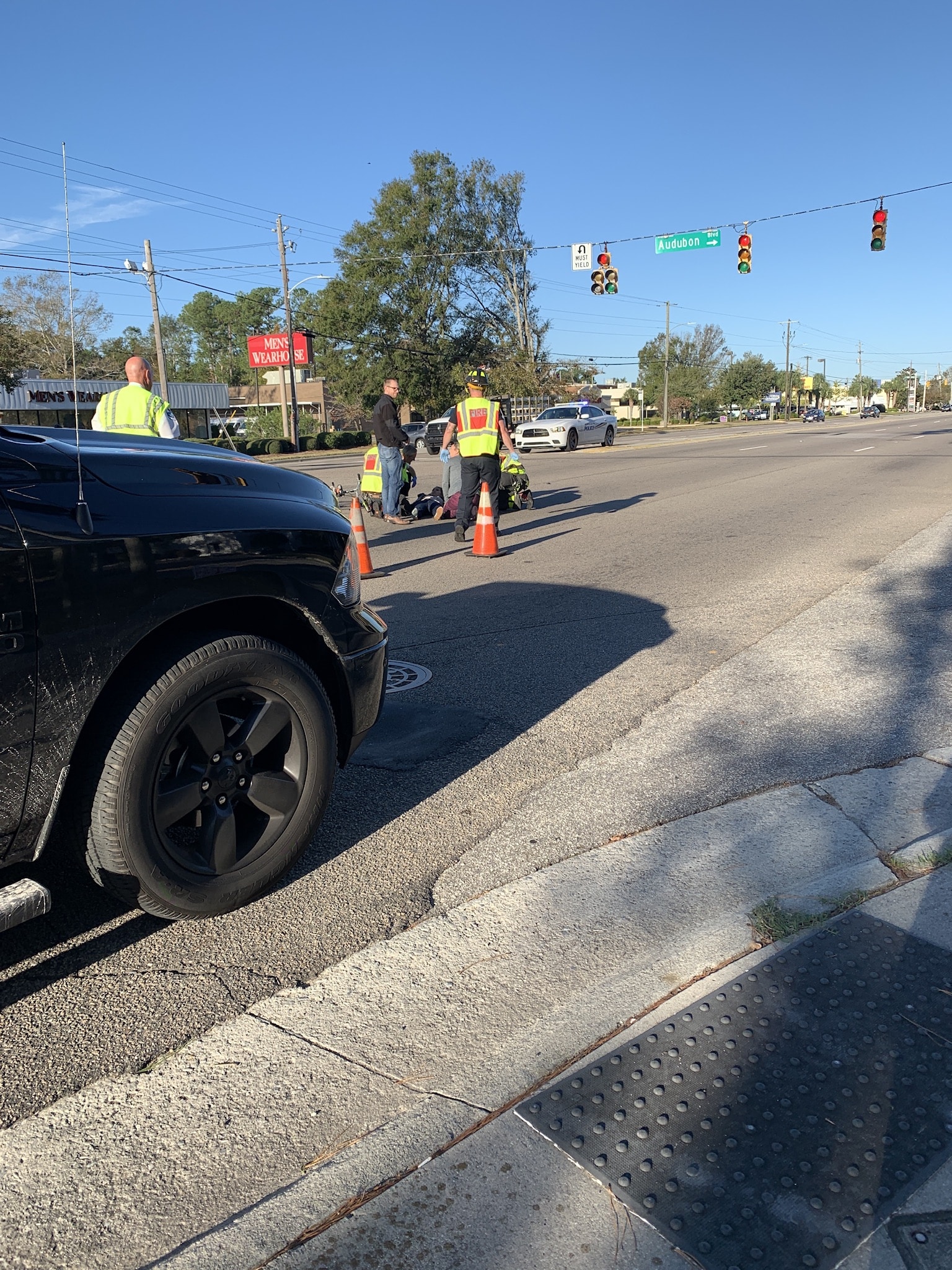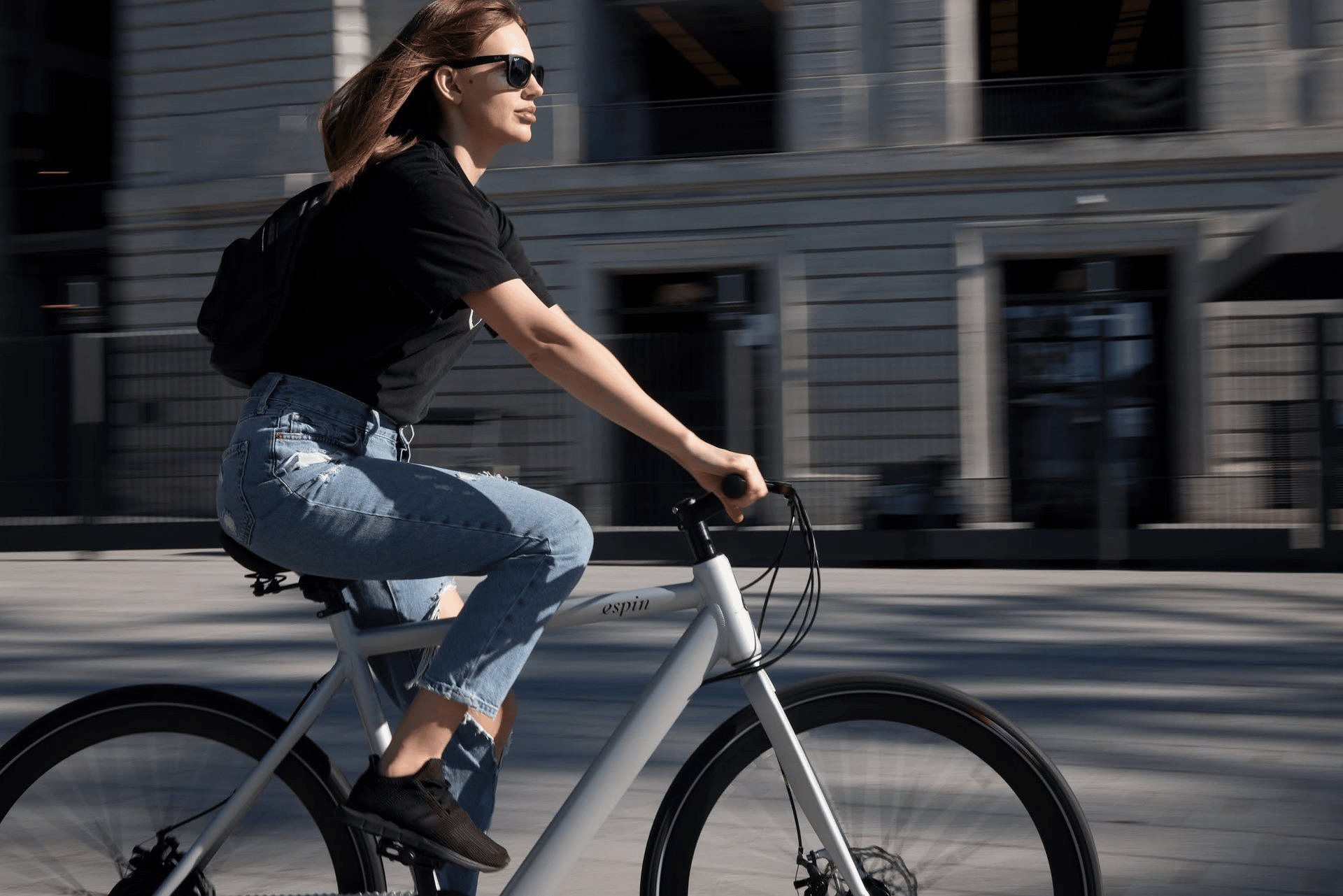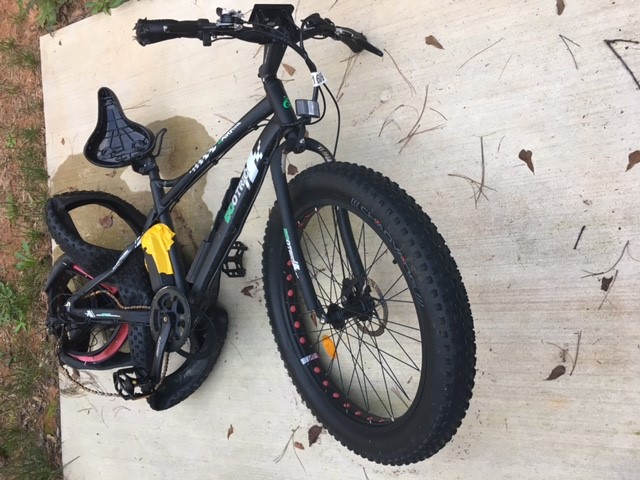A Model for Bike Law Reform
At sea a boat under power must give way to a more vulnerable craft. The law requires that a power driven vessel give way to a sailing vessel. A sail boat must give way to a craft engaged in fishing. These simple rules are consistent with the maxim that with greater power comes greater responsibility.
Shouldn’t this sea-faring burden shifting apply on our nation’s roads as well? Shouldn’t a motor vehicle be required to give way to a more vulnerable road user, like a person on a bicycle? And where a collision occurs between the two shouldn’t the driver bear the burden to prove that they were not at fault? Under our present legal system the injured victim has the burden of proving that the driver was negligent in having caused the crash.
Strict Liability Is The Law In Other Areas
In other areas the law requires a greater burden of those in a greater position of power to protect the more vulnerable. Beginning in the 1950s and 1960s, courts and legislatures nationwide began rendering decisions and passing laws giving greater protection to consumers over manufacturing interests that placed dangerous products into the stream of commerce. No longer, under many circumstances, would the person injured by a dangerous product have to prove that a company was negligent in the way it made its product to receive compensation for injuries. Instead the manufacturer was strictly liable for placing an unreasonably dangerous product into the stream of commerce unless it could prove that the injured person misused the product or assumed a known risk.
In dog bite cases, many states have done away with the notorious “one-bite rule” which often let dog owners off the hook where the animal injured someone unless the owner knew it had a propensity for viciousness. It was the victim’s burden to prove the dog owner’s prior knowledge. Modern dog bite statutes have largely done away with this requirement and now hold dog owners strictly liable for injury or death caused by the animal unless they can prove that the dog was provoked in some way, or that the victim was unlawfully on the dog owner’s property. The reasoning behind these important burden shifts was that both the product manufacturers and animal owners were in a much better position to prevent the harm than the victims. Manufacturers can design safeguards against harm, and dog owners can build fences. At minimum both can warn against the potential for danger.
Strict Liability Should Be The Law In Car vs. Bike Crashes
Cities and towns in many regions of the United States have invested considerable resources towards encouraging travel by bicycle. Bike specific infrastructure has been built. Bike share companies have been invited into many cities and towns. This is a good thing. Bicycle travel reduces our nation’s reliance on oil, is far less harmful to the environment, and promotes good health amongst a population facing an obesity epidemic. In the long term, encouraging bike travel can save municipalities money because bikes do not place as much wear and tear on infrastructure as do much heavier and powerful cars, trucks and buses. Yet, for all of this positive effort the basic legal structure for proving wrongdoing remains strangely anachronistic. When a driver strikes and harms a bicyclist it is the bicyclist who must prove that the driver was negligent in some way.
This burden can be a difficult one to meet. Often the bicyclist will be on their own and will lack a witness to help them prove fault. If the bicyclist is killed or sustains a memory debilitating head injury they may not have any knowledge of how the crash occurred. In the situation where the injured bicyclist can accurately recall the facts of a collision, in the one person’s word against another’s situation, the widespread societal assumption that biking amongst motor vehicle traffic is inherently reckless works against the injured cyclist. A driver involved in a collision with a bicyclist will rarely if ever sustain injury. Sometimes the driver will have a passenger that can corroborate their version of events. Driving requires little physical exertion. Acceleration, braking and turning is done with ease relative to the same actions on a bicycle which require greater physical coordination and moderate strength. Often, the driver will be in a much better position to avoid a collision.
Consider the dooring crash: Bicyclists are encouraged to avoid being struck by an opening car door by riding several feet to the left of parked cars, and to look for activity in parked vehicles that might warn of an imminent door opening. However, even when bicyclists use these precautions doorings happen. On the other hand, it is very easy for a driver to avoid a dooring incident. All they have to do is look for bicyclists before opening their door. That’s it. The driver is in a greater position to prevent a dooring crash, and is thus in the greater position of power. Where a dooring injures or kills a bicyclist the driver should bear the burden of proving their lack of fault. The driver may avoid liability by proving that they looked but could not see the bicyclist because it was dark and the biker was riding without a headlight. But the claim should begin with the legal presumption of fault by the driver.
Under our present system the burden is placed on the vulnerable road user to prove fault committed by the person in the position of greater power. This creates a circumstance under which many injured bicyclists are left uncompensated for expensive medical bills, lost wages and damaged property. Knowing that the bicyclist has the burden of proving fault, insurance companies that cover motorists are incentivized to defend the driver and force the bicyclist into lengthy and expensive litigation. People who would like to ride their bikes more are discouraged from doing so, knowing the law may not be there to protect them if something goes wrong.
In not adopting strict liability in motor vehicle versus bicycle collisions the United States is behind other western nations. In much of Western Europe it is difficult for a driver to escape responsibility for harming a bicyclist. For example, Article 185 of the Dutch Road Safety Act of 1994 requires that, “As a driver you are liable when you crash into a cyclist.” A driver will only escape some responsibility if they can prove that the crash was unforeseeable or out of their control. Strict Liability in Cycling Laws to Ready the Roads for Environmentally Friendly Commuting, Colleen Maker, Boston College Environmental Affairs Law Review, Vol. 42, Issue 2, April 24, 2015, page 487. Ontario, Canada has also adopted this common sense model. Section 193(1) of Ontario’s Highway Traffic Act states, “When loss or damage is sustained by any person by reason of a motor vehicle on a highway, the onus of proof that the loss or damage did not arise through the negligence or improper conduct of the owner, driver, lessee or operator of the motor vehicle is upon the owner, driver, lessee or operator of the motor vehicle.” This “reverse onus” provides significantly greater protection to bicyclists than does the present legal scheme in place throughout the United States.
Model Statutory Language
A model strict liability statute for the United States, which would protect all vulnerable road users, bicyclists among them, is proposed as follows:
As used herein, the term “vulnerable road user” includes a pedestrian, including those persons actually engaged in work upon a highway, or in work upon utility facilities along a highway, or engaged in the provision of emergency services within the right-of-way; or a person operating or riding a human powered vehicle including a bicycle, tricycle, skateboard, in-line skates, scooter or wheelchair.
If a driver of a motor vehicle injures any vulnerable road user the driver of such motor vehicle is liable in civil damages to such vulnerable road user for the full amount of the injury proximately caused thereby, unless the injured person is shown to be the sole proximate cause of his or her own injuries.
Under this proposed model a driver may escape liability if they can prove that the bicyclist’s conduct was the sole cause of the collision. Otherwise, the driver’s only other defenses would be to demonstrate that the injuries claimed are not causally related to the crash, and/or that the bicyclist’s injuries are not as significant as he or she claims. Under this equitable system the driver receives due process and the vulnerable road user receives a rebuttable presumption in his or her favor. Of course, this legal model alone will not prevent all collisions between bikes and cars. Our infrastructure needs continued evolution towards bike friendliness and our car loving culture requires a significant shift. However, fixing the law to reflect and correct the existing power imbalance will encourage people to pedal more and drive less and provide increased protection when a collision occurs.



